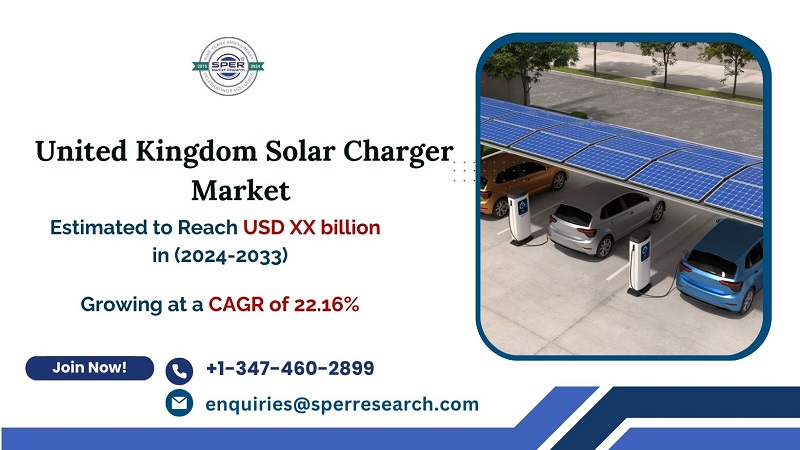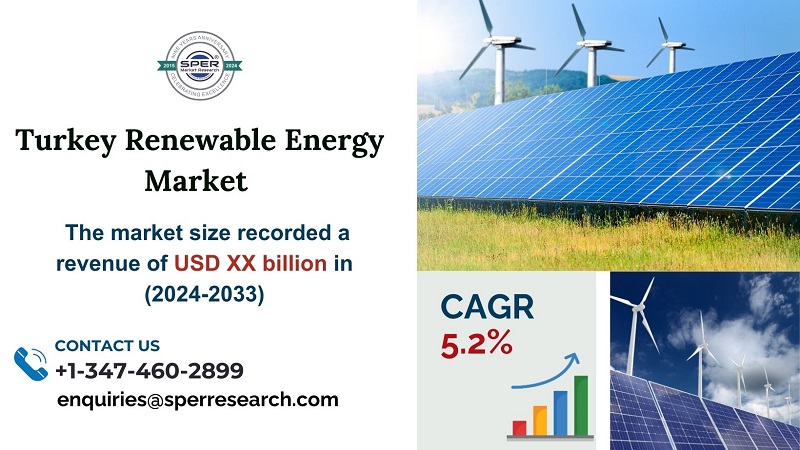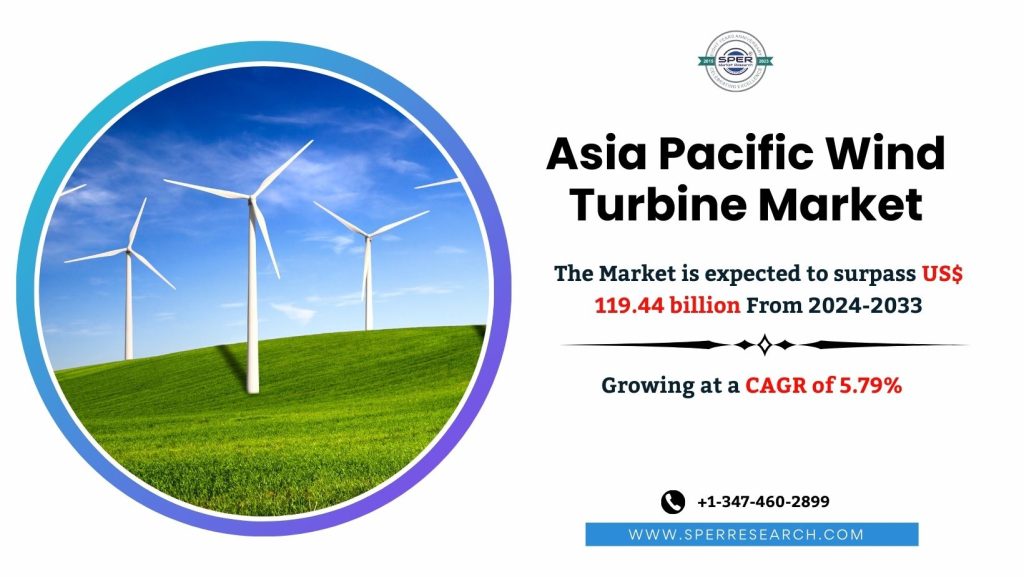The process of converting waste materials into energy that may be used, generally in the form of heat or electricity, is known as waste to energy (WtE). This method prevents waste from being disposed of in landfills and generates sustainable energy. Waste is burned at high temperatures to produce steam, which drives turbines to generate electricity. In addition to producing energy, the process may remove valuable metals from the waste. WtE facilities need to adhere to strict environmental regulations in order to reduce emissions and pollution. Especially in urban settings with limited disposal space, the technology is seen as an essential component of sustainable waste management and aids in the achievement of energy diversification and garbage reduction aims.
According to SPER Market Research, ‘Netherlands Waste to Energy Market Size – By Technology Type – Regional Outlook, Competitive Strategies and Segment Forecast to 2033’ states that the Netherlands Waste to Energy Market is estimated to reach USD 3.14 billion by 2033 with a CAGR of 2.35%.
Drivers:
The Netherlands garbage to energy (WtE) business is being driven, in part, by the country’s unwavering commitment to sustainability and trash reduction. Strict landfill usage regulations encourage the advancement of WtE technology as a workable replacement for waste disposal. The increasing volume of waste generated by urbanization and industry necessitates the use of efficient waste management strategies. Moreover, the pursuit of renewable energy sources aligns with waste-to-energy (WtE) initiatives, which generate electricity and heat from waste. The development and use of sustainable waste-to-energy solutions are encouraged by rising public awareness of environmental issues, which aids in the transition to a circular economy. Growth is also stimulated by government subsidies and incentives for WtE initiatives.
Restraints:
The Netherlands Waste to Energy (WtE) industry has several challenges in spite of its potential. The substantial initial expenditure required to establish and run WtE plants is a significant barrier preventing smaller competitors from joining the market. Modern technology is also required to eliminate pollutants in order to comply with stricter environmental rules, which increases operational costs. Laws promoting the circular economy, which prioritize recycling and waste reduction over incineration, and competition from recycling programs further impede WtE expansion. Public concerns about the damaging consequences and air pollution that come with garbage incineration intensify opposition. Eventually, it is harder to manage a consistent supply of trash while still enabling facilities to run effectively as recycling rates climb.
Request a Free Sample Report: https://www.sperresearch.com/report-store/netherlands-waste-to-energy-market.aspx?sample=1
The COVID-19 pandemic significantly disrupted operations, which had a negative impact on the Netherlands Waste to Energy (WtE) sector. Lockdowns and other restrictions reduced industrial activity, which in turn had an impact on the supply to WtE facilities by reducing the amount of commercial waste produced. However, more people staying at home meant that household trash increased, which partially made up for the loss. The need for better health procedures and operational problems like labor shortages led to a rise in WtE institutions’ expenditures. Despite these obstacles, waste management played a crucial role in preserving overall operational continuity, and sustainability is expected to drive the post-pandemic recovery and development in the waste-to-energy (WtE) industry.
North Holland dominates the Netherlands Waste to Energy market due to its high population density, significant industrial activity, and extensive waste generation, coupled with a strong commitment to sustainable waste management practices and advanced WtE facilities. Major players in the market are AEB Bio-energiecentrale BV, Axpo Holdings AG, Ingenia Consultants & Engineers BV, Dutch Incinerators BV, Indaver BV, Others.
Netherlands Waste to Energy Market Segmentation:
By Technology Type: Based on the Technology Type, Netherlands Waste to Energy Market is segmented as; Thermal Technologies and Non-Thermal Technologies.
By Region: This research also includes data for North Holland, South Holland, Utrecht, Gelderland, North Brabant, Overijssel, Limburg.
For More Information, refer to below link: –
Netherlands Waste to Energy Market Outlook
Related Reports:
Follow Us –
LinkedIn | Instagram | Facebook | Twitter
Contact Us:
Sara Lopes, Business Consultant – U.S.A.
+1-347-460-2899









